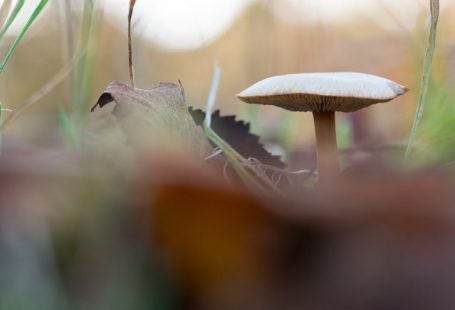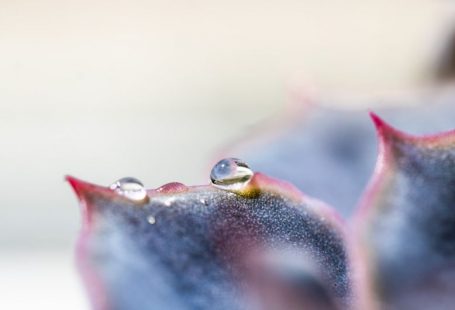**The Best Aquarium Maintenance Routines**
Maintaining a healthy aquarium is crucial for the well-being of your aquatic pets. A clean and properly maintained aquarium not only provides a visually appealing environment but also ensures the health and longevity of your fish and other aquatic inhabitants. Establishing a regular maintenance routine is essential to keep your aquarium in optimal condition. By following the best practices in aquarium maintenance, you can create a thriving aquatic ecosystem that will bring you joy and satisfaction for years to come.
**Regular Water Testing**
One of the fundamental aspects of aquarium maintenance is regular water testing. Monitoring the water parameters such as pH, ammonia, nitrite, and nitrate levels is crucial for ensuring the overall health of your aquarium inhabitants. Invest in a reliable water testing kit and perform tests at least once a week to ensure that the water conditions are within the acceptable range for your fish and plants. Any deviations from the ideal parameters should be addressed promptly to prevent potential health issues for your aquatic pets.
**Water Changes**
Regular water changes are essential for removing accumulated waste, excess nutrients, and toxins from the aquarium water. Aim to perform a partial water change of 20-30% every 1-2 weeks, depending on the size of your aquarium and the number of inhabitants. Use a gravel vacuum to siphon out debris from the substrate during water changes, ensuring that the overall water quality remains optimal. Remember to treat the fresh water with a dechlorinator before adding it to the aquarium to neutralize harmful chemicals present in tap water.
**Algae Control**
Algae growth is a common issue in aquariums and can detract from the aesthetic appeal of your tank. Implementing strategies for algae control is essential to maintain a clean and clear aquarium environment. Regularly clean the glass surfaces of the tank to remove algae buildup using an algae scraper or magnet cleaner. Additionally, consider introducing algae-eating fish or invertebrates such as otocinclus catfish or amano shrimp to help control algae growth naturally.
**Filter Maintenance**
The aquarium filter plays a crucial role in removing debris and maintaining water quality in your tank. To ensure optimal filter performance, it is essential to regularly clean and maintain the filter components. Follow the manufacturer’s guidelines for filter maintenance, which may include rinsing mechanical filter media, replacing filter cartridges, and cleaning the impeller and intake strainer. Avoid cleaning the filter media with tap water, as this can kill beneficial bacteria essential for biological filtration.
**Aquascape Maintenance**
Aquascaping refers to the arrangement of plants, rocks, driftwood, and other decorative elements in the aquarium to create a visually appealing underwater landscape. Regular maintenance of the aquascape is essential to prevent overgrowth of plants, algae accumulation, and deterioration of decorative elements. Prune overgrown plants, remove dead leaves, and trim excess algae to maintain the balance and aesthetics of your aquascape. Consider rearranging the layout periodically to keep the aquarium visually stimulating and engaging.
**Fish Health Monitoring**
Monitoring the health and behavior of your fish is an integral part of aquarium maintenance. Keep an eye out for any signs of illness, stress, or aggression among your fish and other inhabitants. Look for symptoms such as abnormal swimming patterns, loss of appetite, discoloration, or visible signs of disease. Promptly address any health issues by isolating affected fish, conducting water tests, and consulting with a veterinarian specializing in aquatic animals if necessary.
**The Importance of Consistency**
Consistency is key when it comes to aquarium maintenance. Establishing a regular routine and sticking to it will help you maintain a healthy and thriving aquarium environment. Set aside dedicated time each week for water testing, water changes, filter maintenance, and aquascape upkeep to ensure that your aquarium remains in top condition. By staying consistent with your maintenance tasks, you can prevent potential problems and create a harmonious ecosystem for your aquatic pets to thrive.
**In Conclusion**
Maintaining a healthy aquarium requires dedication, knowledge, and a commitment to regular maintenance routines. By following the best practices in aquarium maintenance, you can create a beautiful and sustainable aquatic environment for your fish and other inhabitants. Remember to prioritize water testing, water changes, algae control, filter maintenance, aquascape upkeep, fish health monitoring, and consistency in your maintenance efforts to ensure the longevity and well-being of your aquatic pets. With proper care and attention, your aquarium will be a source of joy and relaxation for years to come.




